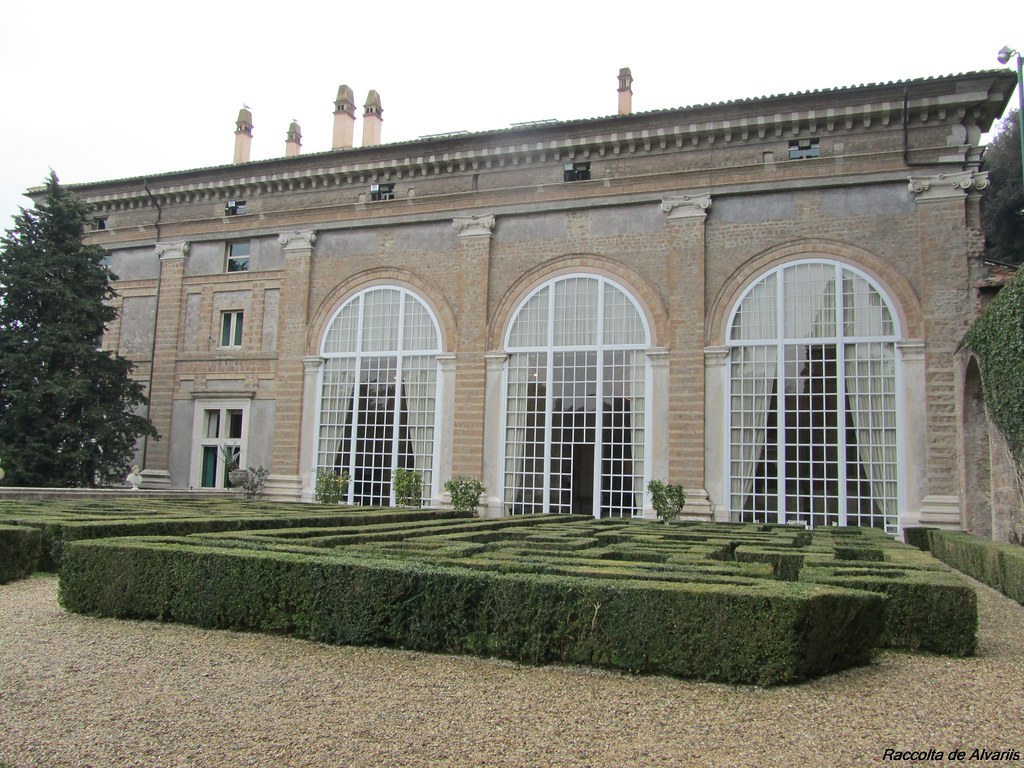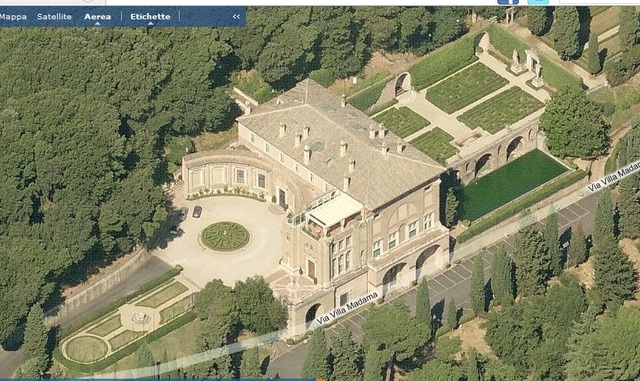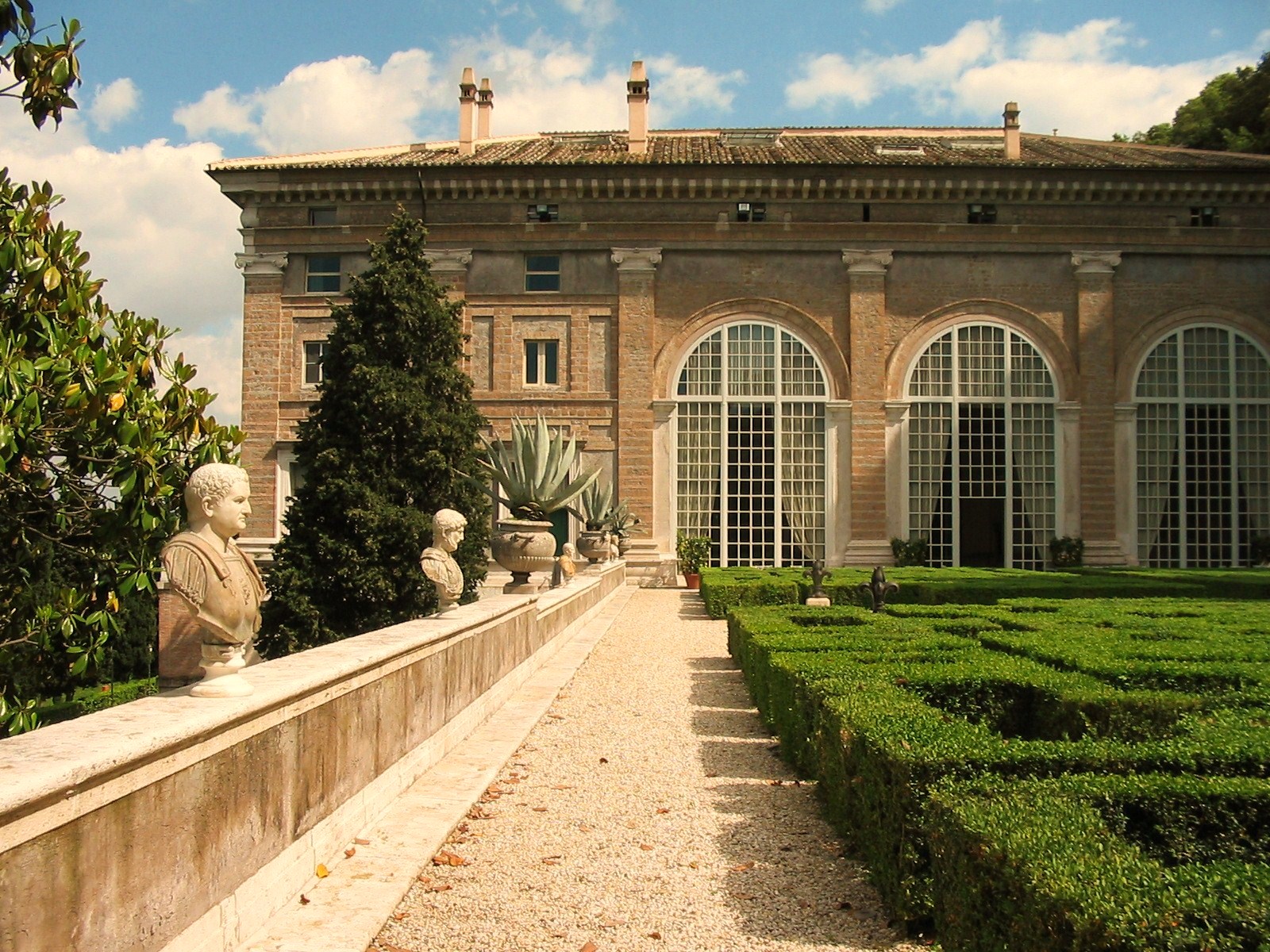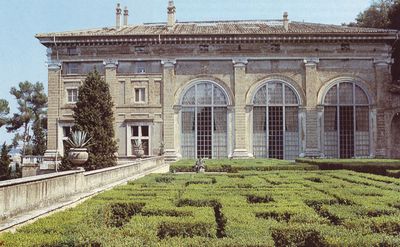
Villa Madama
This post is also available in:
 Italiano (Italian)
Italiano (Italian)
Villa Madama was built on the slopes of Monte Mario, in Rome, on the left side of the Tiber River, near the Foro Italico.
Erected in 1500, it was one of the first suburban villas modelled on Roman abodes and dedicated to parties and events. In particular, constructions started in 1516, when Pope Leo X bought this land. His cousin, in turn, Giuliano de ‘Medici, soon became Pope Clement VII in 1523.
Raffaello Sanzio, who designed the three-arched loggia and the hanging garden, was part of the project. When he died, Giulio Romano, Giovanni da Udine and Giovanni Francesco Penni continued his work.
The impressive project was halted by “the Sack of Rome” by the Lansquenets of Charles V, Holy Roman Emperor, in 1527. Still, what had been already built is still acknowledged as the most imitated example of a Renaissance villa of that time.
In 1534, it became the residence of Margherita of Parma (also “Margaret of Austria”), and nicknamed “La Madama”. Its ownership changed when Margherita, daughter of Charles V, married first Alessandro de ‘Medici, and then Ottavio Farnese. Later on, the Villa became the property of the Bourbons.
After other changes of ownership, the villa and the garden were neglected for a long time. They were eventually turned into agricultural land in 1913, and they were purchased by the French engineer Maurice Bergès. The latter tasked creative designer Marcello Piacentini with their restoration, including the roof garden.
Owned by the Ministry of Foreign Affairs since 1941, Villa Madama is now the seat of Representation of the Ministry and of the Prime Minister himself. It retains the original loggia by Raffaello, a precious hall with a vaulted ceiling – magnificently decorated by Giulio Romano – as well as some exquisite white stuccos at the entrance, made by Giovanni da Udine in 1525. The floors are made of terracotta and old polychrome marbles.
In front of the loggia, there is the Italian garden with the Elephant Fountain, created by Giovanni da Udine, inspired by the Indian specimen called Annone, offered to Pope Leo X by the Portuguese ambassador in 1514.
There is also another fountain, this time featuring a lion head, dedicated to that same Pope. Then, there are a fishpond, and two stucco giants, by Baccio Bandinelli, standing at the entrance which connects the terrace to the rustic garden.
This post is also available in:
 Italiano (Italian)
Italiano (Italian)
Contatti
Via di Villa Madama 250 - Roma(RM)
+39 06 36914145 e 06 36914284
http://www.museionline.info/tipologie-museo/villa-madama
Altre info
Ingresso libero
su richiesta




